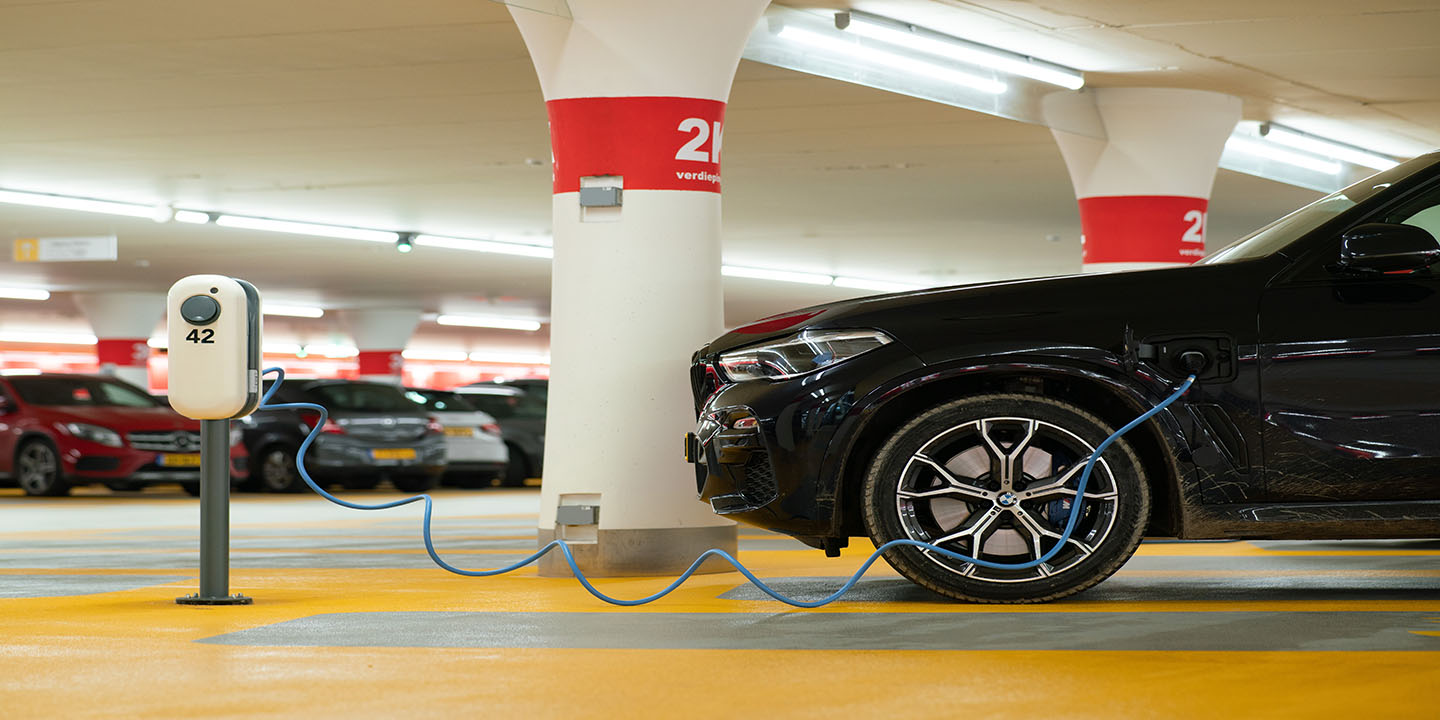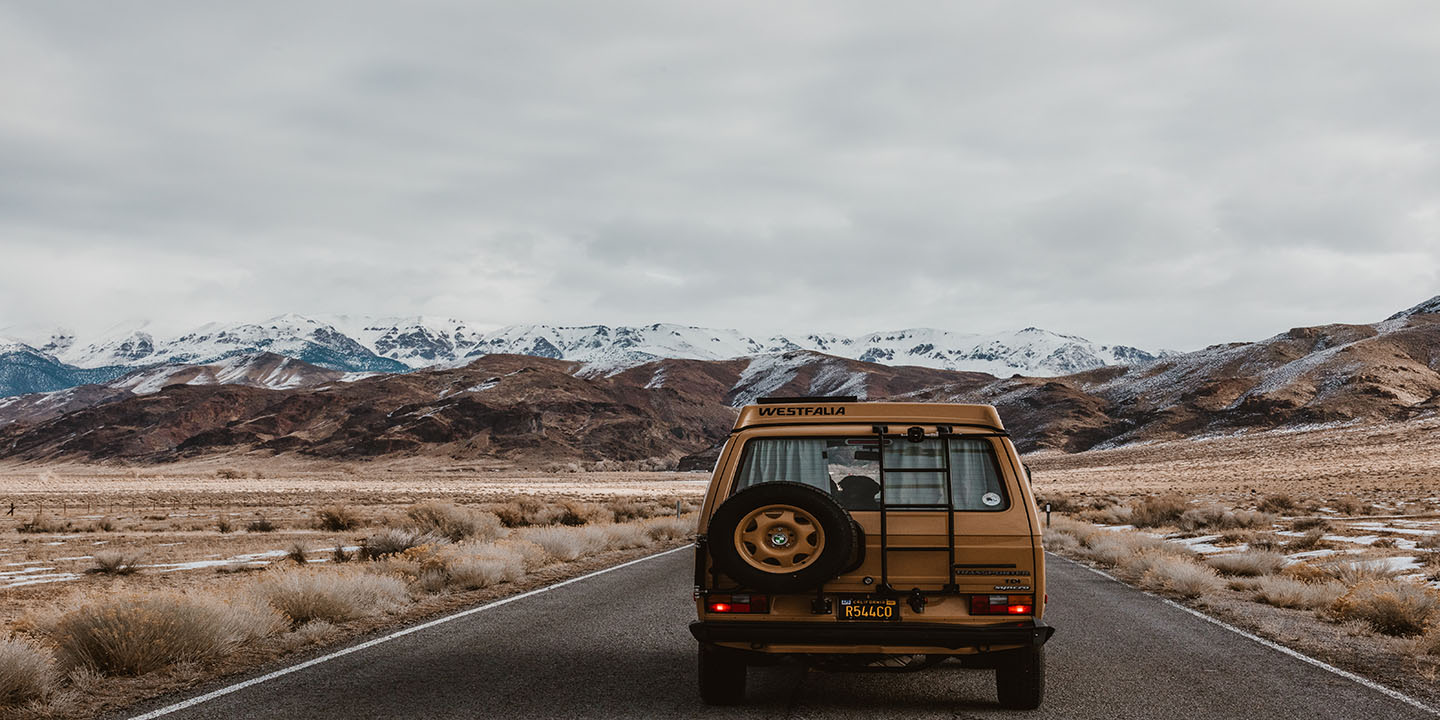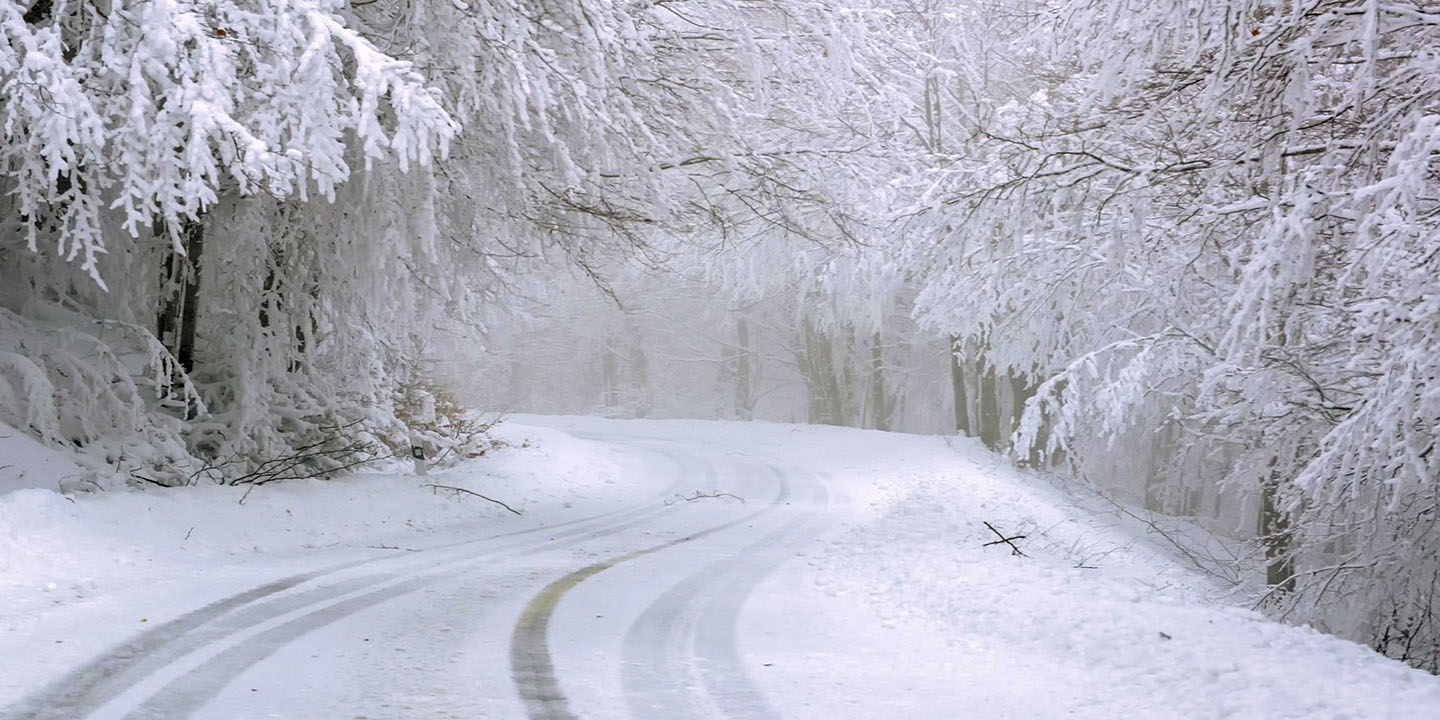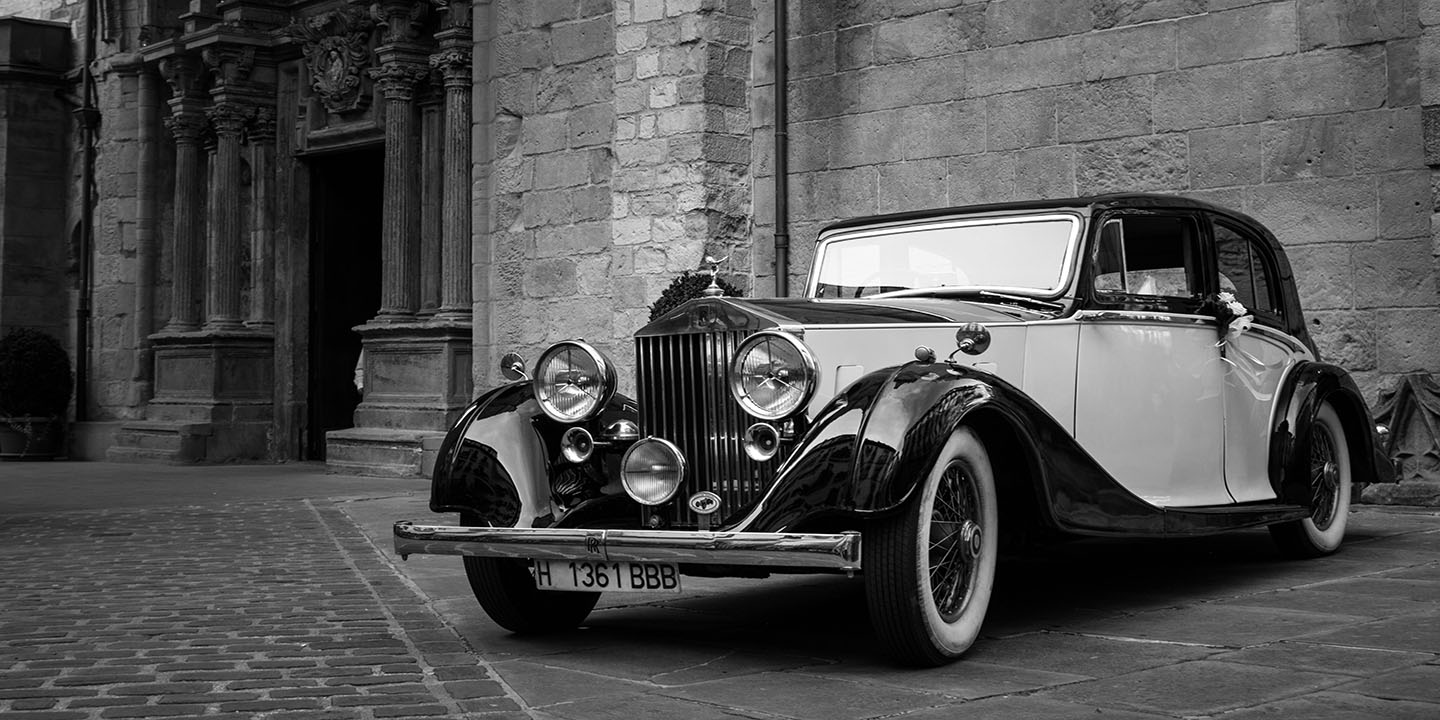A Car For Rainy Days
A rainy day can either feel like a confident cruise or a tense shuffle toward the nearest safe spot to pull over and wait things out. The difference often comes down to what you’re driving. Here are 10 cars that handle wet roads with ease, and 10 that completely struggle with it.
1. Subaru Outback
Imagine you're cruising through a Pacific Northwest downpour, and while other drivers white-knuckle their steering wheels, you're actually enjoying the ride. That's the Subaru Outback experience in wet weather. The standard Symmetrical All-Wheel Drive system continuously evaluates acceleration and braking to deliver power to all four wheels.
2. Volvo XC60
Safety first, adventure second—that's the Volvo way. Well, nowhere does this philosophy shine brighter than in wet conditions. Swedish engineers know a thing or two about challenging weather, and it shows in how confidently this crossover handles everything from light drizzle to torrential downpours.
3. Subaru Forester
This car’s higher driving position helps you see through heavy rain and spot standing water before it becomes a problem. If a wheel slips, power is instantly transferred to the wheels with the most grip. The Forester's generous ground clearance means you can confidently go through deeper puddles.
4. BMW xDrive X3
When BMW engineers designed the xDrive system, they had one goal: to make rain driving feel like child's play. The X3 combines intelligent all-wheel drive with that signature BMW handling precision. BMW's xDrive system feels a bit more responsive, particularly when transitioning between different road surfaces.
5. Audi Quattro A4
Since its inception about 35 years ago, Quattro has revolutionized the automotive industry as the first permanent all-wheel drive system crafted for passenger vehicles. The A4's legendary Quattro system is always monitoring wheel slip and distributing torque where it's needed most.
6. Toyota RAV4
Here's where reliability meets capability. By dynamically directing engine torque when slippage occurs, the RAV4 maintains composure over snow-covered roads, and this same technology shines in rain. AWD also helps enhance traction, with XLE and XLE Premium being standouts.
7. Mercedes-Benz 4MATIC C-Class
Mercedes’s 4MATIC system represents decades of German refinement. This isn't just about getting from point A to point B safely—it's about arriving relaxed and composed, no matter what Mother Nature throws your way. The car also benefits from advanced chassis and suspension setups.
8. Jeep Grand Cherokee
Sometimes you need more than just all-wheel drive. Yes, you need genuine 4WD capability that can withstand severe weather. The Grand Cherokee brings that rugged confidence with multiple traction modes. It also features a higher stance, paired with a Standard 3.6L Pentastar V6 engine.
9. Honda CR-V
Honda's approach to rain driving is about building a system that works reliably, tuning it for real-world conditions, and pricing it fairly. The crossover's practical interior layout comes with climate controls and visibility adjustments. It also includes a dedicated “Snow” mode, which optimizes throttle and traction control.
10. Mazda CX-5
This beast features Mazda's G-Vectoring Control Plus technology, which subtly adjusts engine torque and braking based on steering inputs to improve vehicle stability. With ground clearance between 7.6 and 7.9 inches, the CX-5 provides sufficient clearance to handle wet roads and minor puddles.
Now, let's examine a couple of automobiles that passengers do not recommend for rainy conditions.
1. Dodge Challenger
It's weird how easily a 375-horsepower muscle car can go from exhilarating to terrifying when water hits asphalt. Challenger owners consistently report losing traction at traffic lights with minimal throttle input. Besides, the vehicle tends to swing the rear end sideways during light rain.
2. Chevrolet Camaro
Weight distribution becomes your worst enemy when 50% of your car's mass sits over wheels that aren't doing the driving. The Camaro's front-heavy nature, combined with rear-wheel drive, creates a physics problem that even modern traction control struggles to solve well in downpours.
3. Porsche 911 (RWD)
All that mass hanging behind the rear axle wants to keep going straight when you need to turn, creating the infamous "pendulum effect" that has humbled drivers for decades. Even experienced sports car drivers acknowledge that rear-wheel drive 911s demand exceptional skill and restraint in wet conditions.
4. Ford Mustang
Here's where American muscle meets meteorological reality check. Mustang drivers routinely describe their cars as having Jekyll and Hyde personalities—docile in dry conditions but requiring constant vigilance when pavement gets wet. The rear-wheel drive configuration delivers the torque to just two contact patches.
 GPS 56 from New Zealand on Wikimedia
GPS 56 from New Zealand on Wikimedia
5. BMW Z4
Open-top driving and rain don't mix, but the Z4's challenges go deeper than just soggy hair. This roadster's low-slung nature and rear-wheel drive configuration cook up a perfect recipe for wet-weather anxiety, especially when you're piloting 250+ horsepower through standing water. The short wheelbase makes things worse.
6. Chevrolet Corvette
America's sports car faces the same fundamental physics problem as its European counterparts. The Corvette’s high horsepower and RWD configuration make it prone to loss of traction and oversteer on wet surfaces, especially if the driver is aggressive with the throttle.
 sarahlarson (Sarah Larson) at https://www.flickr.com/photos/larsonsa/ on Wikimedia
sarahlarson (Sarah Larson) at https://www.flickr.com/photos/larsonsa/ on Wikimedia
7. Dodge Charger (RWD)
When it comes to the Dodge Charger, the four doors don't automatically equate to four-season capability, particularly when paired with a 370-horsepower Hemi V8 sending power to the rear wheels. Additionally, the RWD Charger does not offer rain-detecting wipers or other wet-weather-specific features as standard.
8. Mazda MX-5 Miata
The world's most beloved roadster becomes less lovable when the top goes up and the rain comes down. As a soft-top convertible, the Miata is susceptible to water leaks through the roof, seals, and drain holes. Clogged drains can also result in water pooling in the trunk.
 Shadman Samee from Dhaka, Bangladesh on Wikimedia
Shadman Samee from Dhaka, Bangladesh on Wikimedia
9. Ford F-150 (2WD)
Let’s talk about America's best-selling truck in its two-wheel drive configuration. That empty truck bed causes a serious traction problem during rain. Plus, the F-150’s light rear end (when unloaded) means less weight over the drive wheels, making it simpler for the rear tires to lose grip.
10. Nissan 370Z
Especially for less experienced drivers or those using wide, performance-oriented tires, this vehicle might not be a suitable pick. After all, owners and enthusiasts frequently report that the 370Z can be prone to hydroplaning, mainly at higher speeds or when speeding through standing water.
























